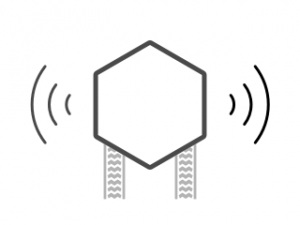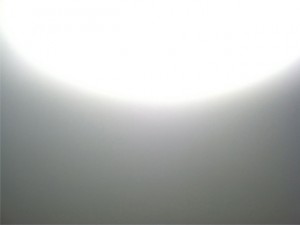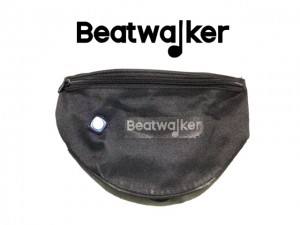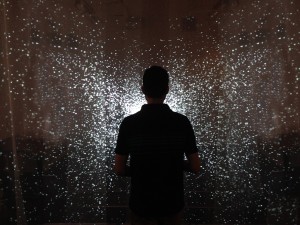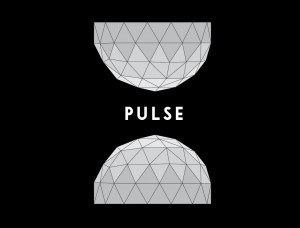Diego Cruz Castillo
Play with your friends with a Buddy Pod remote controlled with your hand!
http://diegoitp.tumblr.com/physcomp
Description
A Pod Brawler is an RC vehicle that you can drive wirelessly using a glove. This glove gives you the power to accelerate, steer and go backwards.
The objective of this project is to explore electronic vehicles as extensions of our bodies. Based on popular references like Real Steel movie, Pokemon animated series, Neon Genesis Evangelion anime and Power Rangers series, people always dreamed of extending and intensifying their wills beyond their own bodies.
Because of current technology, we can manifest ourselves in the physical world without the dangers involving this exposure: physical damage, exhaust, or even death. In fact, throughout the years we have already replaced people with machines in the most dangerously jobs: assembly lines, mine detecting, going to Mars, etc.
With Pod Brawler, I hope to get an emphatic bond between the user and his pod, resulted from the intimate interaction both of them.
The pod consists of an Arduino and a motor driver shield, 2 DC motors, an LED screen for showing the remaining stamina and an Xbee module for wireless serial communication.
The glove has an Adafruit FLORA, a 9-DOF breakout (accelerometer,gyroscope and magnetometer), 2 flex sensors for controlling acceleration and an Xbee module as well.
Classes
Introduction to Physical Computing, Materials and Making Things by Hand

